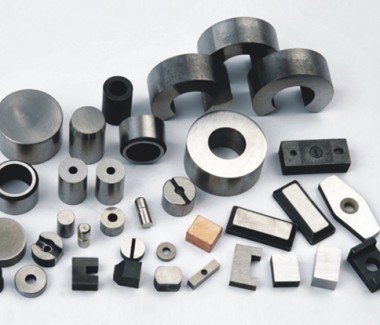You will find three main sorts of magnets – permanent, temporary and electromagnets. Of the three types, permanent magnets are the type an average person is most knowledgeable about. Certainly one of a common, everyday magnet is a fridge magnet.
They are considered permanent because after they are magnetized they keep their a higher level magnetism. It is deemed an object created from a material that may be magnetized and yes it creates its persistent magnetic field.
They can be made in nearly every possible shape. A good magnet should develop a high magnetic field using a low mass. Moreover, when you find yourself trying to find qualities of any good magnet you wish to ensure that it’s stable against the influences that may demagnetize it.
There are numerous of numerous forms of these each type has different characteristics and properties. What differentiates these includes:
• How easily they might be demagnetized
• How strong these are
• How potency and efficacy changes based on the temperature
Varieties of permanent magnets include:
• Neodymium
• Samarium-cobalt
• Alnico
• Ceramic (generally known as ferrite)
Neodymium and samarium-cobalt are called rare earth magnets. Rare earth magnets build the largest magnetic flux with the smallest mass. They’re known for being the strongest of all of the permanent magnets and are also hard to demagnetize.
Alnico’s name comes from its components. Alnico is made from aluminum, nickel and cobalt. This sort just isn’t easily impacted by temperature, however it’s easily demagnetized.

Finally, ceramic or ferrite magnets might be the most used type, primarily due to their flexibility. They may be flexible and often thin, which means they could be bent and moved in several different ways, causing them to excellent options for marketing and advertising purposes. They may be fairly strong and never easily demagnetized, however their strength differs a lot in line with the temperature.
The reason for permanent magnets vary greatly, including:
1. Mechanical applications rely on the attractive and repelling force in the magnet. Such applications include:
• Magnetic separators & holding devices
• Torque drives
• Bearing devices
2. Electric power applications rely on utilizing the magnetic field to transform mechanical energy into electric energy. Such applications include:
• Generators and alternators
• Eddy current brakes
3. Mechanical energy applications depend on utilizing the magnetic field to transform electricity to mechanical energy. Such applications include:
• Meters
• Motors
• Speakers
• Relays
4. Applications that are supposed to direct, shape and control electron and ion beams. Such applications include:
• Ion Pumps
• Cyclotrons
• Cathode-ray tubes
Permanent magnets are definitely the most commonly known and they are employed in a number of products and environments. When choosing these you want to consider its strength, performance in temperature and whether it’s easily demagnetized.
To read more about Neodymium Magnets browse our web page.
